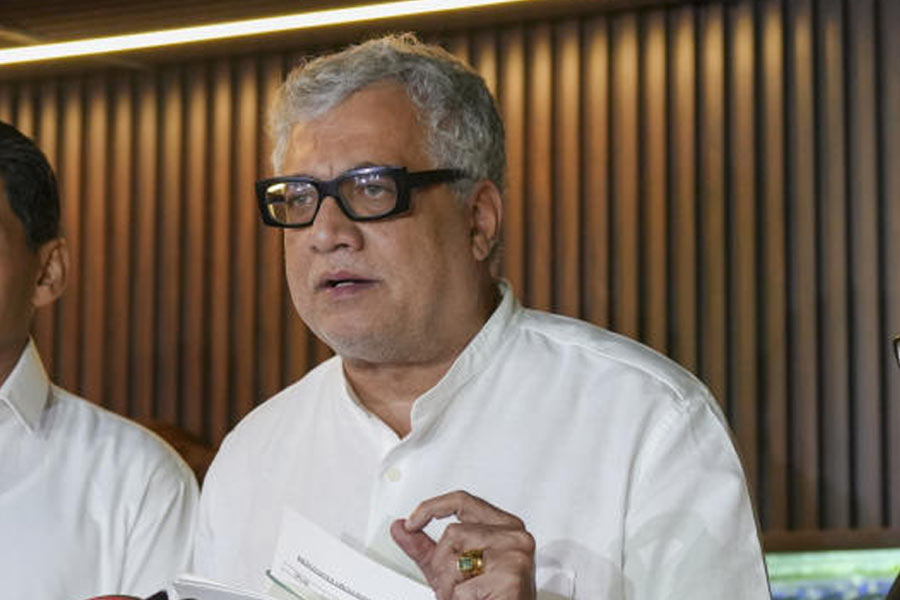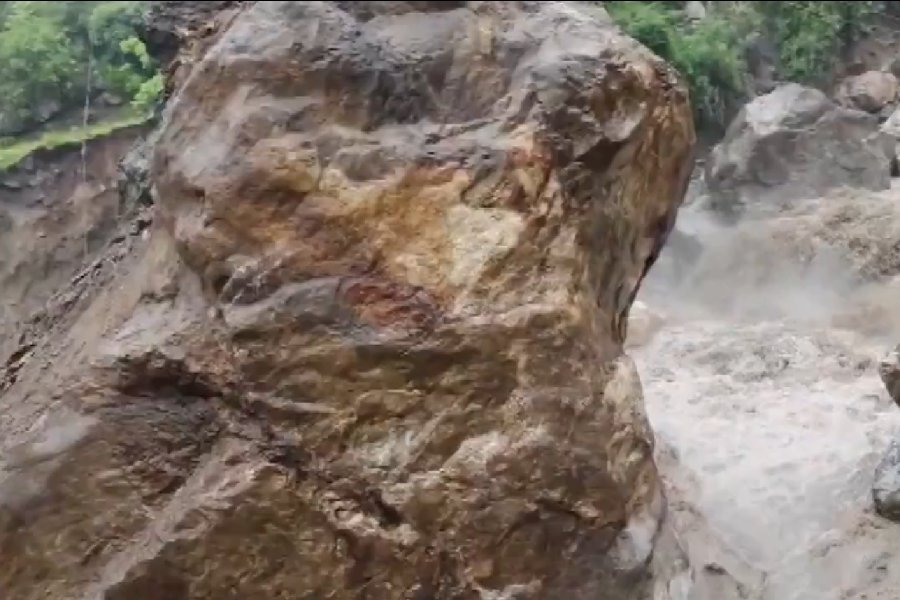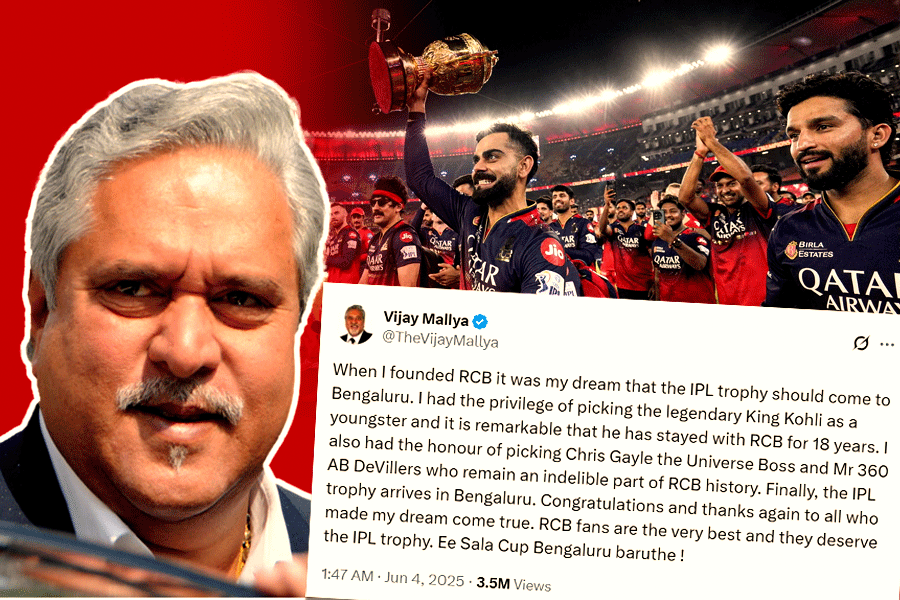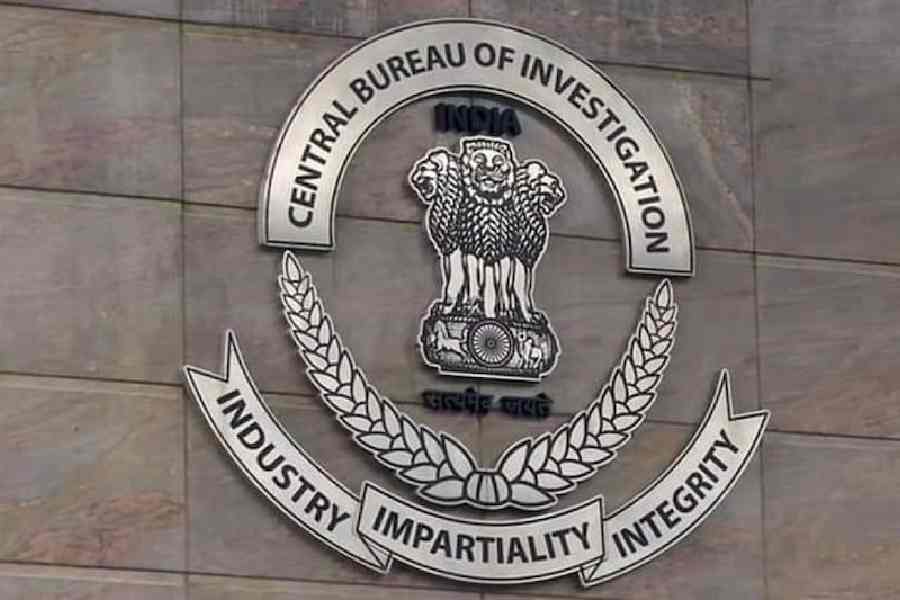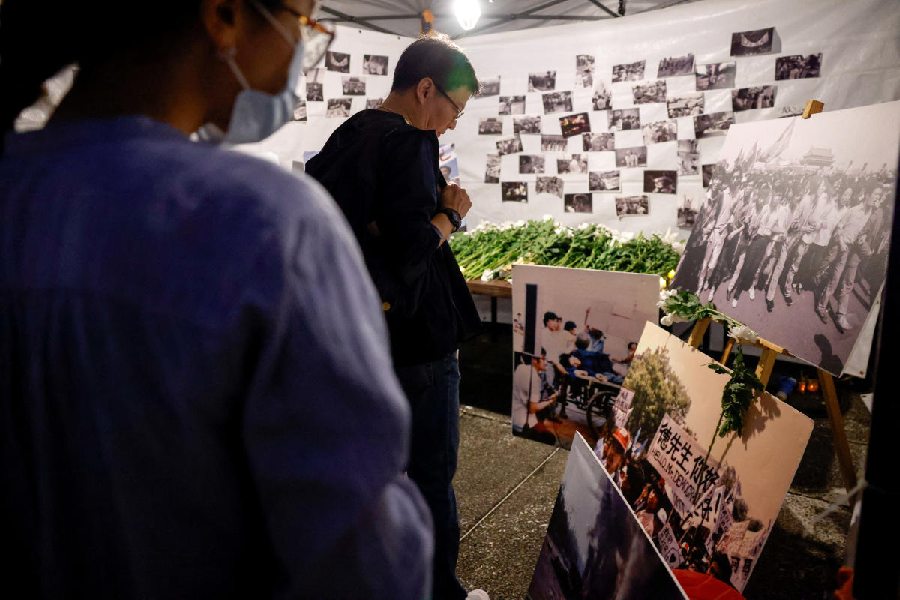
Jorhat, Feb. 10: Assamese filmmaker Jahnu Barua today donned the role of a teacher as he imparted lessons on art, culture and beauty to schoolchildren at the district library here.
The programme was organised by a Guwahati-based NGO, Film and Cultural Society of North East, and the Indira Gandhi National Centre for Arts, New Delhi.
The two-day programme, which began today, showed documentaries on art, including the masks worn in bhaonas,and on artists from all over the world.
"Art cannot be defined in one sentence or in one book. It is there in everything, it is something which elevates us or inspires in us a sense of beauty," Barua, who was awarded the Padma Bhushan this year, told the 1,000-odd schoolchildren gathered at the venue.
The renowned filmmaker said culture is a habit, associated with our conscience and the way we think. "Singing a song, playing a musical instrument, dancing or performing a drama is not even one per cent of what we understand to be culture."
To explain the concept, Barua cited the example of a child who asks his parents to buy him a motorcycle as he does not want to cycle 10km to his college or to be laughed at by his peers but is refused because his parents cannot afford it. The child understands his parents' problem and apologises for making such a demand. "This is culture," said Barua.
"The child's conscience understood the limits of how much his parents could afford to educate him and he was apologetic. It shows a healthy good mind with good conscience and morals. This is culture. Had he persisted, it would have been the opposite of culture and the beginning of destruction of his family as his father would have become debt-ridden to satisfy the child's desire," Barua said.
He said an amalgam of art and culture could help society develop and become strong. He referred to Xankardeb who had done so through dance, literature and moral preachings, to name a few mediums.
The objective of the programme is to teach children to view culture and society through the medium of art.
The documentary Behind the Masks showed how Xankardeb used masks of animals and demons in his bhaonas to attract the masses and teach them moral lessons through religious plays.
The documentary Brush with Life was on Satish Gujral who was deaf, mute and had deformity in a leg but was a world-renowned architect, sculptor and painter. There was another one on Max Liebermann, a German painter, and one on Ankiya Naat, a genre of the religious plays enacted in the neo-Vaishnavaite monasteries and begun by 15th century social reformer Srimanta Xankardeb.
Three upcoming filmmakers of Nagaland - Sophie Lasauh and Seseno (who work as a team) and Yapangnaro Longkumer - were conferred the Young Achievers Award, instituted by Dalmiya Bharat Cements, in today's programme. Longkumer said Nagaland and the region could develop only "if we show what we have instead of others coming here and showing us what we have and making films on us and for us."
The additional chief secretary of Assam, V.B. Pyarelal, film critic Manik Bora, professor of Ambedkar University, Delhi, Mousumi Kondoli, and artist Bhrigupati Hazarika also addressed the gathering.
The Goethe Institute, Germany, the Danish Film Institute, the Indian Documentary Producers' Association, the Films Division, and the district administration, aided in holding of the programme.


